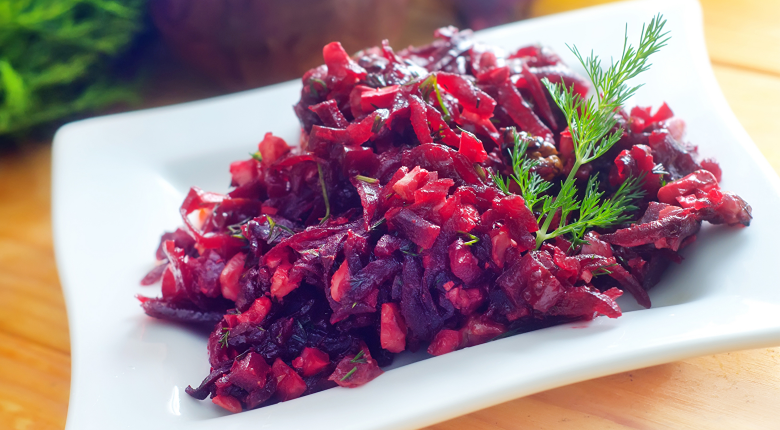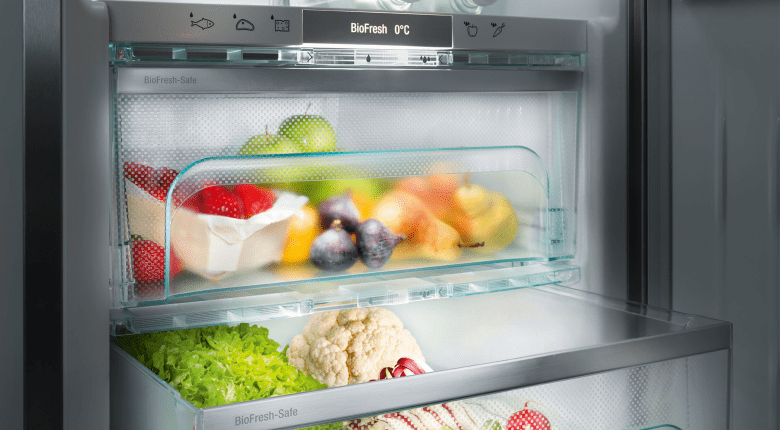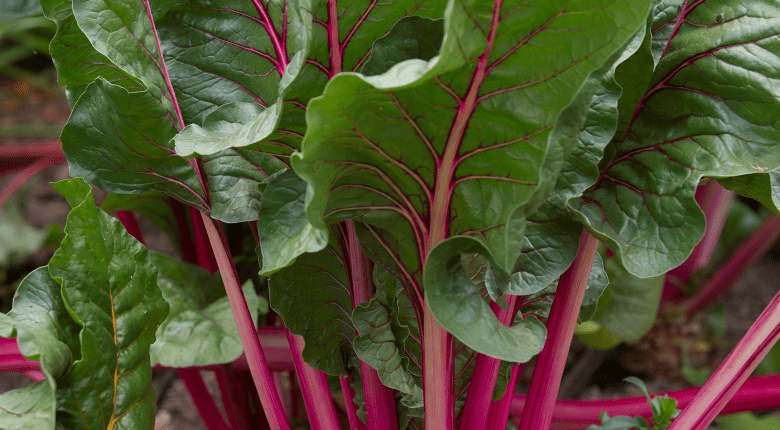The health benefits of beetroot have been known about for hundreds of years. Why is beetroot so good for you, though? Read on to find out more, discover why you shouldn’t throw away beetroot leaves, and let us tempt you with some delicious beetroot recipes.
Different types of beetroot
The beetroot that most of us are familiar with is a rich purple colour, but did you know that it can also be white or golden? There are actually several varieties of beetroot; the one we are most familiar with being Boltardy, which is widely grown in the UK. Other types of beetroot include alto, Chioggia, golden, Pablo, red ace, solo, and Wodan.
The health benefits of beetroot
Beetroot has been on the scene as a cultivated vegetable and medicinal plant for some 2000 years and, with high levels of vitamins, minerals and folic acid it has long been considered nutritionally beneficial. Beetroot is said to stimulate liver cell function, aid digestion and the metabolising of fats. It is also believed to help lower blood pressure and thereby potentially offer protection against heart attacks, strokes and vascular disorders when consumed regularly.
In fact, the BBC’s highly regarded Trust Me, I’m a Doctor series put beetroot’s blood pressure claims to the test in an experiment, pitting it against garlic and watermelon. The results indicate that beetroot may indeed help to reduce blood pressure, with the active ingredient nitrate thought to play a role. The bacteria naturally present in our mouths convert nitrate in beetroot into nitrite, which is then thought to change to nitric oxide, causing our blood vessels to dilate and thereby lower blood pressure.
Based on the results of the small BBC study, if the drop in blood pressure observed amongst participants was maintained, it may ultimately translate into a reduction of the risk of stroke and heart attack by approximately 10%. That’s mighty impressive.
Can beetroot be eaten raw?
If we are regular beetroot eaters, the chances are that we’ll be eating our beetroot as a cooked (steamed, boiled or roasted) or pickled food. That’s true regardless of whether our beetroot comes from the supermarket or from the restaurant. So, does this suggest that raw beetroot isn’t edible? Well, no, absolutely not. Raw beetroot is even healthier than cooked beetroot – its nutrients are heat sensitive, and they are diminished during cooking. So, from a nutritional perspective, the best thing to do is to eat beetroot raw.
For the same reason, to maximise the nutritional benefits, beetroot juice is another great way of getting your fix – something marketing departments at companies bottling the stuff are taking full advantage of.
Beetroot is low in calories
According to the NHS calorie checker, raw beetroot contains 36kcal per 100g, making it a low-calorie root vegetable to help fill you up and potentially lose weight as part of a balanced calorie-controlled diet.
How to keep beetroot fresh
To ensure that raw beetroot remains fresh for as long as possible it’s best to refrigerate it. In a fridge beetroot will remain fresh for up to 6 days but in a Liebherr BioFresh compartment you can treble this.
Can you eat beetroot leaves?
It may surprise you to learn that beetroot leaves are a very rich source of important nutrients – much more so than even the root bulb, in fact. They are a good source of calcium and magnesium, as well as iron, and carotenoids lutein and beta-carotene. They also have outstanding flavour.
You might like to try sautéing beetroot leaves with tomatoes. See the recipe below for the ingredients and step-by-step guide.
Sautéed beetroot leaves recipe
Ingredients:
600g beetroot leaves with stems
1-2 onions
1 clove of garlic
2 tbsp vegetable oil
300g tomatoes
Salt
Pepper
125ml vegetable stock
4 eggs
Preparation:
Hard-boil the eggs and quench them in cold water. Next, thoroughly wash the beetroot leaves, and separate the stems from the leaves. Cut both into pieces about 3cm long. Peel the onions and garlic, and chop finely. Then, heat the oil in an adequately sized saucepan, and sauté the onions and garlic. When the onions have softened and become translucent, add the beetroot leaves and stems.
Briefly blanch the tomatoes and quench them in cold water. Remove the skins and dice the skinned tomatoes into small cubes. Add the tomato cubes to the beetroot leaves, season with salt and pepper, and pour over the vegetable stock. Cook gently for around 10 minutes, stirring occasionally.
Meanwhile, shell the eggs and cut them into wedges; place them carefully amongst the leaves in the pan to warm through. Adjust seasoning and serve.
Beetroot – a sweet treat too

There is a natural tendency to associate vegetables with main dishes, but beetroot juice is also popular as a natural food colouring for cupcakes, cookies, and pastries etc.
Beetroot doesn’t only add colour to your culinary delights, however. As you’ll probably already be aware it also stains hands, T-shirts and pretty much anything it comes into contact with. So, when you’re peeling and processing your beetroot bulbs, do remember to wearing gloves and an apron.
What’s your favourite way to eat beetroot? Will you now be including it more often in your diet? We’d love to hear from you… get in touch with us on Facebook, Twitter, Instagram or Pinterest.


